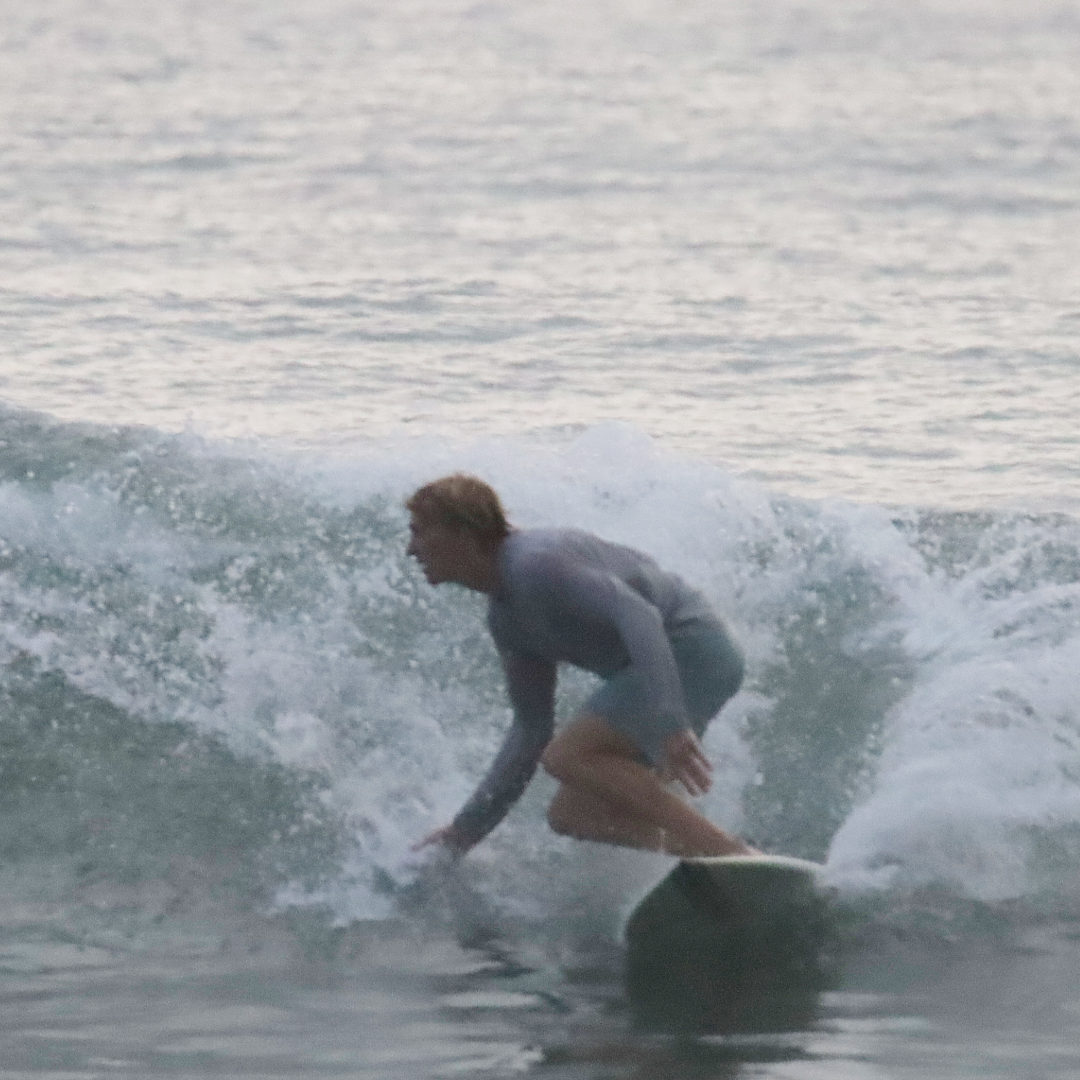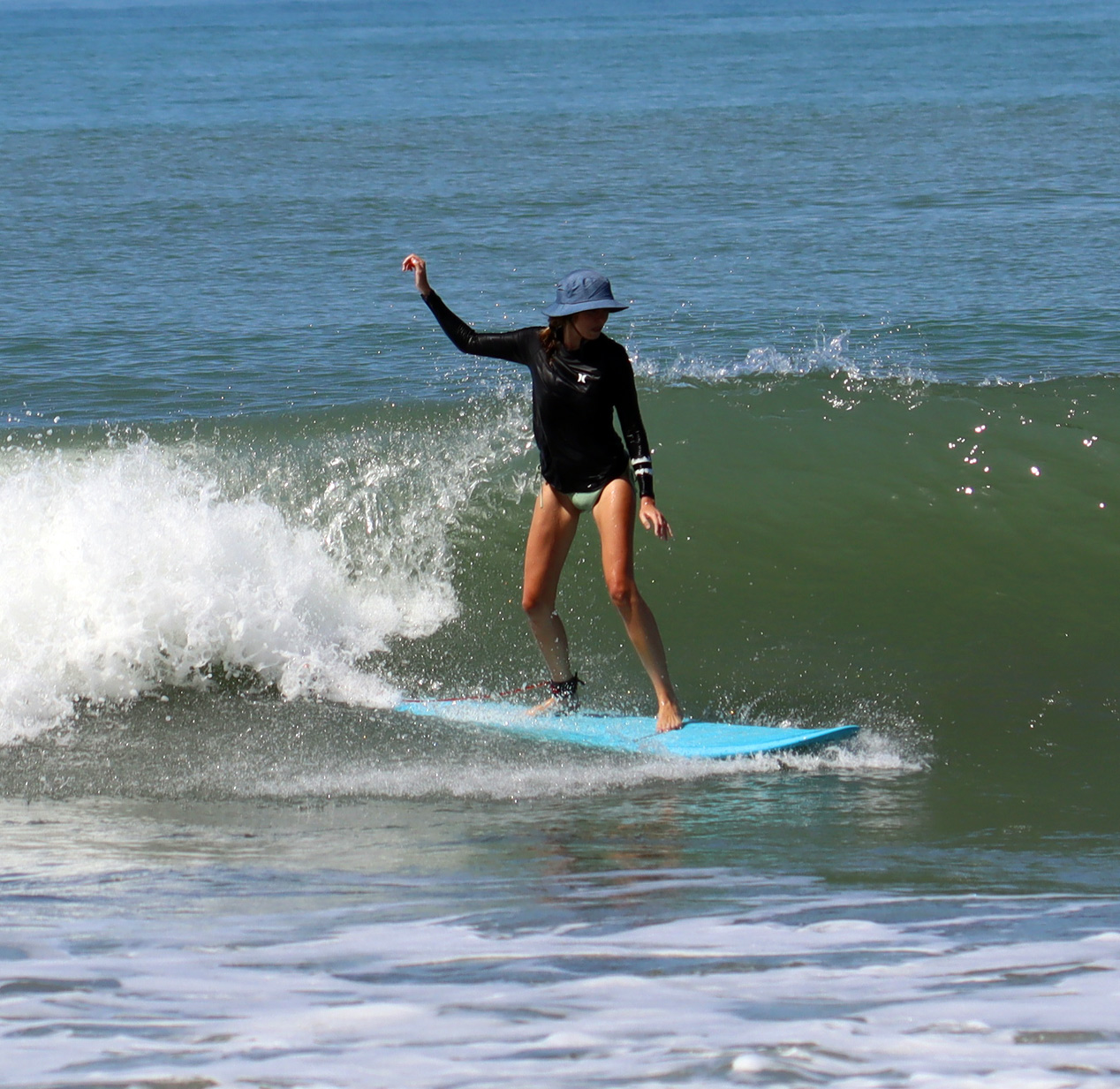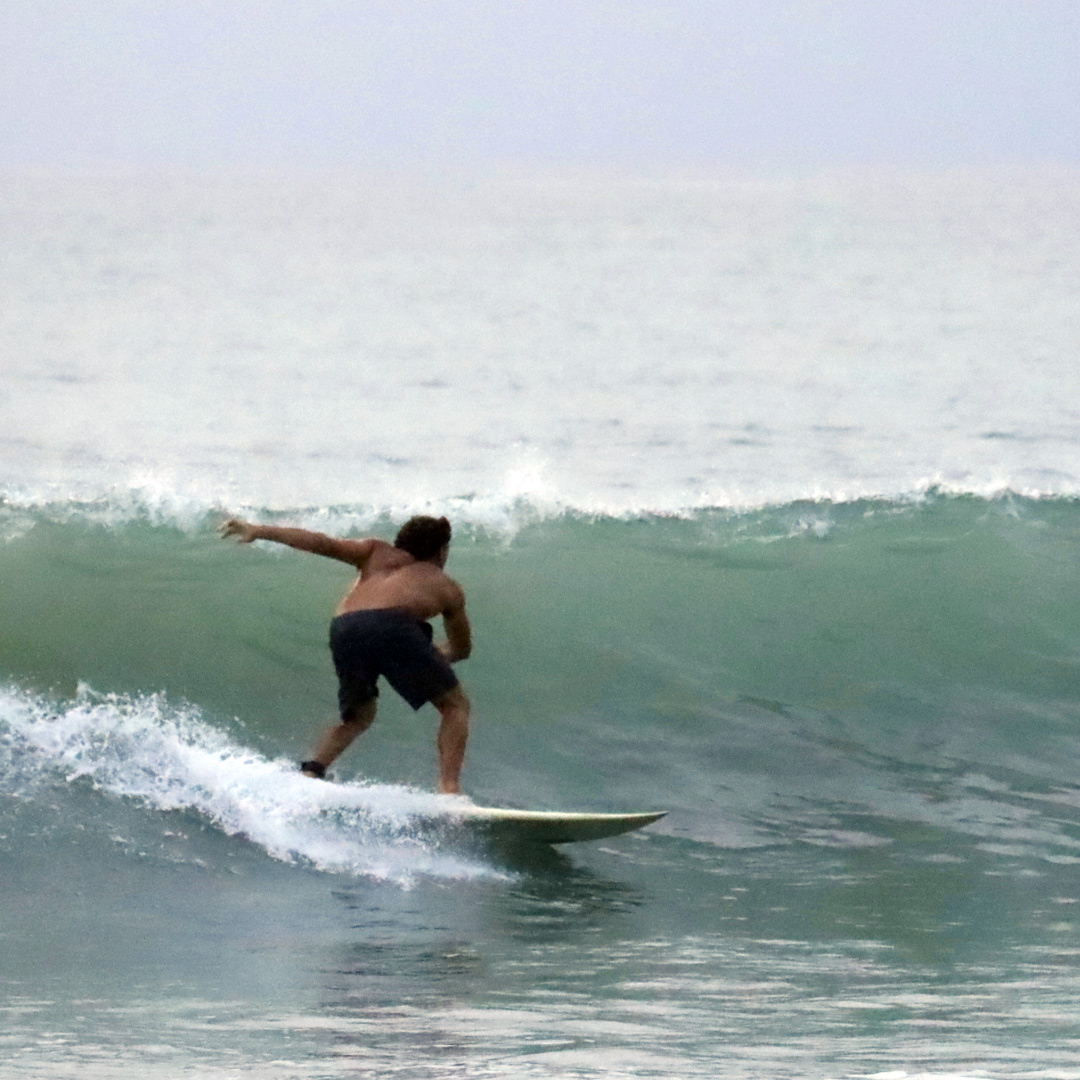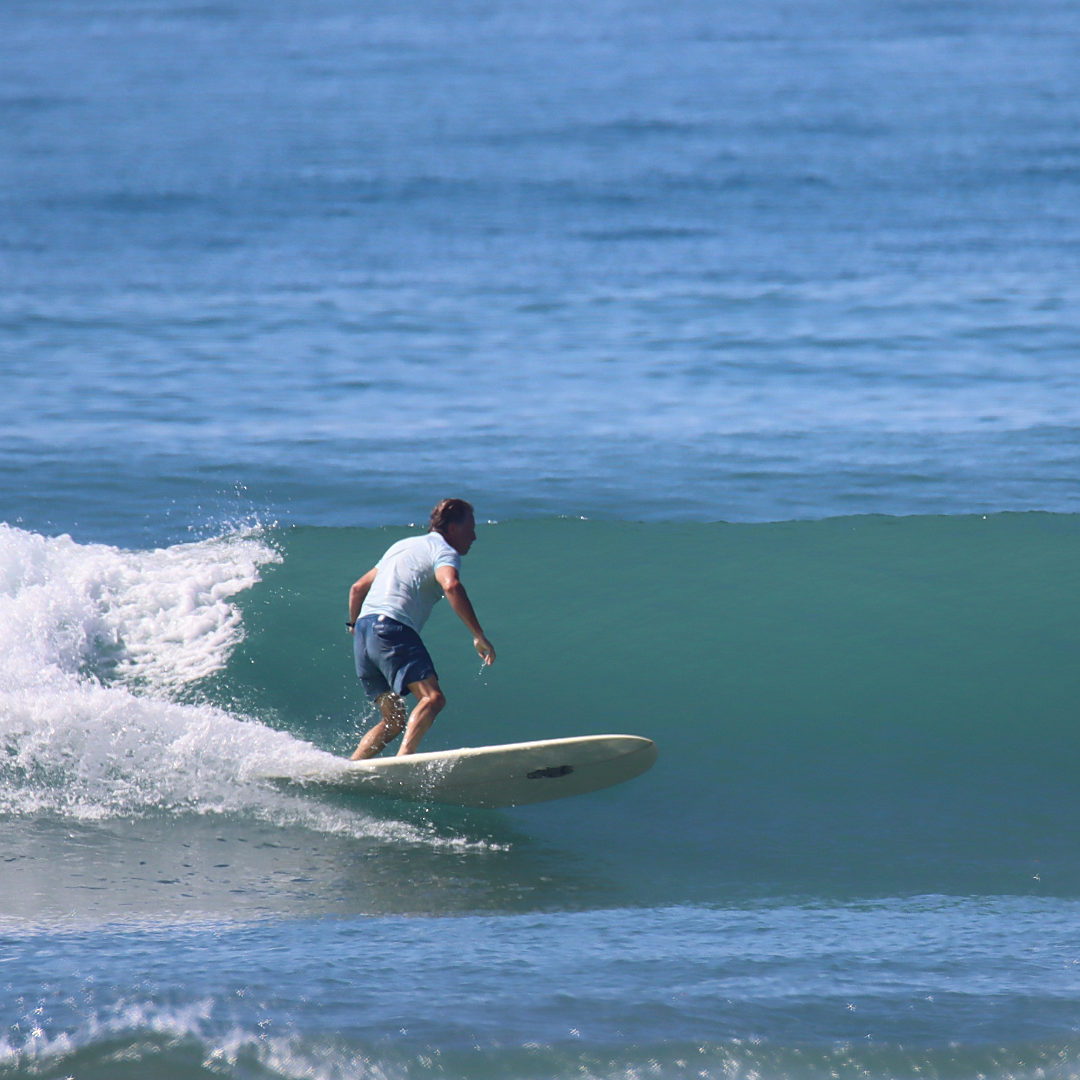
Fins! the best set UP for your board
Surfboard fins are like the steering wheels of the ocean, influencing the way surfers navigate the waves and carve through the water. While often overlooked by beginners, the type of fins you choose can significantly impact your surfing experience. In this guide, we’ll explore the different types of surfboard fins, their characteristics, and how they contribute to the art of wave riding.
1. Single Fins:
The single fin setup is a classic design that harks back to the roots of surfing. Positioned in the center of the tail, a single fin offers stability and control, making it an excellent choice for longboards and retro-style boards. Single fins provide a smooth and graceful ride, allowing surfers to perform elegant, sweeping turns.
2. Twin Fins:
Twin fin setups feature two smaller fins positioned near the rails of the surfboard. This configuration enhances speed and maneuverability, creating a loose and playful feel on the waves. Twin fins are often associated with fish-shaped surfboards, and their design is ideal for small to medium-sized waves.
3. Thruster (Three-Fin) Setup:
The thruster setup, featuring three fins, is the most common and widely used configuration in modern surfing. It typically consists of a larger center fin and two smaller side fins. The thruster design offers a balanced blend of speed, control, and maneuverability, making it versatile for a variety of wave conditions. This setup is popular among surfers of all skill levels and is commonly found on shortboards.
4. Quad Fins:
Quad fins utilize four fins—two on each side of the tail. This setup enhances speed and maneuverability, allowing surfers to make quick, tight turns. Quad fins are well-suited for powerful, barreling waves and are often favored by surfers looking for a lively and responsive feel on the water. The absence of a center fin in quad setups enables a looser ride and increased speed.
5. 5-Fin Setup (Five-Fin or “FCS II”)
The 5-fin setup, also known as the five-fin or “FCS II” system, is a versatile option that allows surfers to experiment with different configurations. This setup includes the option to use the board as a thruster (three fins) or a quad (four fins), providing adaptability to varying wave conditions. The 5-fin setup is popular among surfers who want to fine-tune their board’s performance based on the waves they encounter.
Choosing the Right Fins:
Selecting the right fins for your surfboard involves considering factors such as your skill level, the type of waves you’ll be riding, and your preferred style of surfing. Here are some key considerations:
Wave Conditions: Match your fin setup to the wave conditions you expect to encounter. Thruster setups are versatile and work well in a variety of waves, while quads may be more suitable for fast, powerful surf.
Board Design: Different board shapes and designs may perform better with specific fin configurations. Longboards often pair well with single fins, while shorter, high-performance boards may benefit from thruster or quad setups.
Skill Level: Beginners may find stability and control in a single fin or thruster setup, while more advanced surfers may appreciate the responsiveness of a quad or 5-fin setup.
Experimentation: Surfing is an individual experience, and finding the ideal fin setup may involve some experimentation. Don’t be afraid to try different configurations and see how they influence your surfing style.
Surfboard fins play a pivotal role in shaping the surfing experience, influencing everything from stability and control to speed and maneuverability. As you explore the world of surfboard fins, consider the type of waves you’ll be riding, your skill level, and the characteristics you seek in your surfing style. Whether you opt for the classic single fin, the dynamic thruster, or the versatile 5-fin setup, each configuration adds a unique dimension to your connection with the ocean. So, grab your favorite fins, paddle out, and ride the waves with style and grace!



